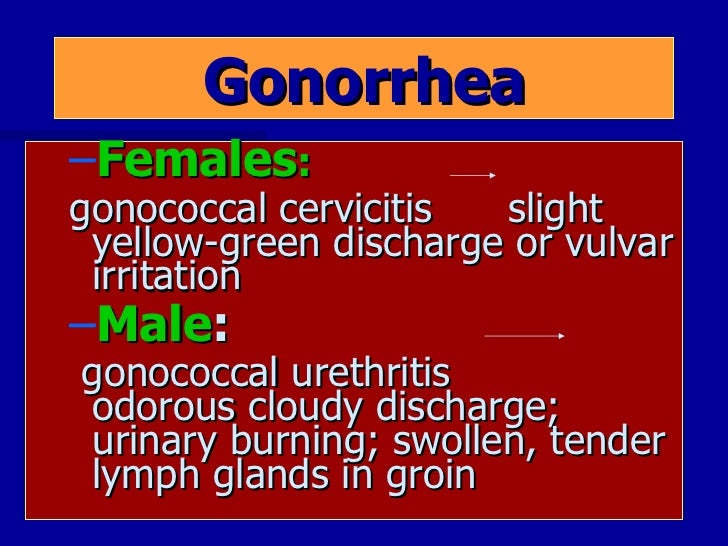
Males typically present with penile discharge and/or dysuria, which may lead to complications including penile stricture, epididymoorchitis, and sterility. Untreated, these infections predispose females to ectopic pregnancy and can cause Pelvic Inflammatory Disease (PID), infertility, and chronic pelvic pain as well as blindness and pneumonia in neonates. However, these symptoms are frequently absent, contributing to delayed treatment and further transmission. In females, symptoms can include abnormal vaginal discharge, dysuria, dyspareunia, hematuria, and lower abdominal pain. This is of particular concern in Sub-Saharan Africa since both of these infections can potentiate HIV infection exacerbating the epidemic on the continent. trachomatis comprise the most common bacterial STIs globally and can present as co-infections.

The largest disease burden occurs in developing nations within South and South-East Asia, followed by Sub-Saharan Africa. These include common treatable STI pathogens such as Treponema pallidium, Neisseria gonorrhoeae, Chlamydia trachomatis and Trichomonas vaginalis. More than one million sexually transmitted infections (STIs) are acquired globally everyday. Furthermore, men and women presenting with these symptoms and risk factors are a prime target for public health education campaigns, aimed at curbing the spread of gonorrhea and chlamydia infections. Identifying these symptoms and risk factors help inform health care delivery systems for STIs in Ghana.

None of the symptoms or risk factors except marital status was associated with testing positive for chlamydia. Additionally, multiple sexual partners and alcohol use were statistically associated with higher rates of gonorrhea in males while only the frequency of condom use was associated with gonorrhea for females. Reported symptoms that were more common among patients who tested positive for gonorrhea were painful urination and urethral discharge (all P values < 0.05).

ResultsĪ total of 950 patients, 58% of whom were females were enrolled, 28% had gonorrhea and 11% had chlamydia with more males testing positive than females. Multivariate logistic regression identified factors associated with infection, separately for NG and for CT and for men and women. A structured questionnaire was administered to all participants. First void urine samples were collected and tested with Nucleic Acid Amplification Test (NAAT). Participants were from 4 military clinics and 1 civilian STI clinic in Ghana and eligible if they had symptoms suggestive of STI. Information on the symptoms and risk factors for STIs will help to identify high-risk individuals which will in turn inform STI syndromic management and tailor the use of public health resources. Understanding the underlying epidemiology that shapes Neisseria gonorrhoeae (GC), and Chlamydia trachomatis (CT) infections can contribute to data driven policies directed towards curbing the proliferation of these pathogens in Ghana.


 0 kommentar(er)
0 kommentar(er)
